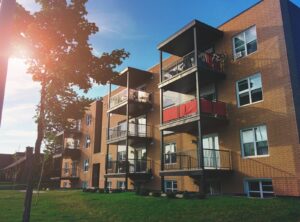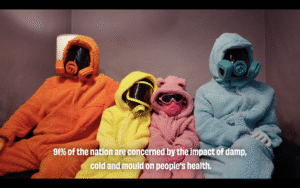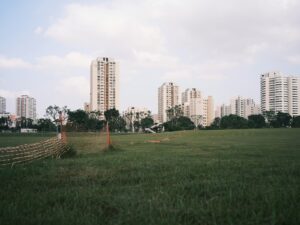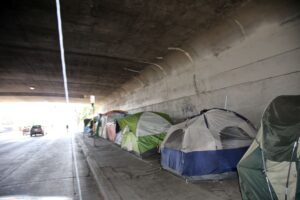Researchers at the University of Leeds have discovered that people who reported feeling ‘lonely often’ were significantly more likely to face unemployment in the future.
The first study of its kind to prove this, it was revealed that lonely people of any working age are at a greater risk of becoming unemployed.
The data also confirmed previous findings that the reverse is also true, as unemployed people are more likely to later experience loneliness.
Paper co-author Dr Ruben Mujica-Mota, Associate Professor of Health Economics in Leeds’ School of Medicine, said: ‘While previous research has shown that unemployment can cause loneliness, ours is the first study to identify that lonely people of any working age are at greater risk of becoming unemployed. Our findings show that these two issues can interact and create a self-fulfilling, negative cycle. There is a need for greater recognition of the wider societal impacts of loneliness in the working-age population.’
Leeds University worked with academics at Exeter University and analysed responses from 15,000 people to collect the results.
Lead author Nia Morrish, from the University of Exeter, said: ‘Given the persisting and potentially scarring effects of both loneliness and unemployment on health and the economy, prevention of both experiences is key. Decreased loneliness could mitigate unemployment, and employment abate loneliness, which may in turn relate positively to other factors including health and quality of life. Thus, particular attention should be paid to loneliness with additional support from employers and government to improve health and wellbeing. Our research was largely conducted pre-pandemic, however, we suspect this issue may be even more pressing, with more people working from home and potentially experiencing isolation because of anxieties around covid.’
In related news the Resolution Foundation has found that real average pay fell by 1.3% in February, with a far deeper squeeze predicted in coming months, despite unemployment matching its lowest rate in nearly half a century.
Photo by Anubhav Saxena
















Leave a Reply